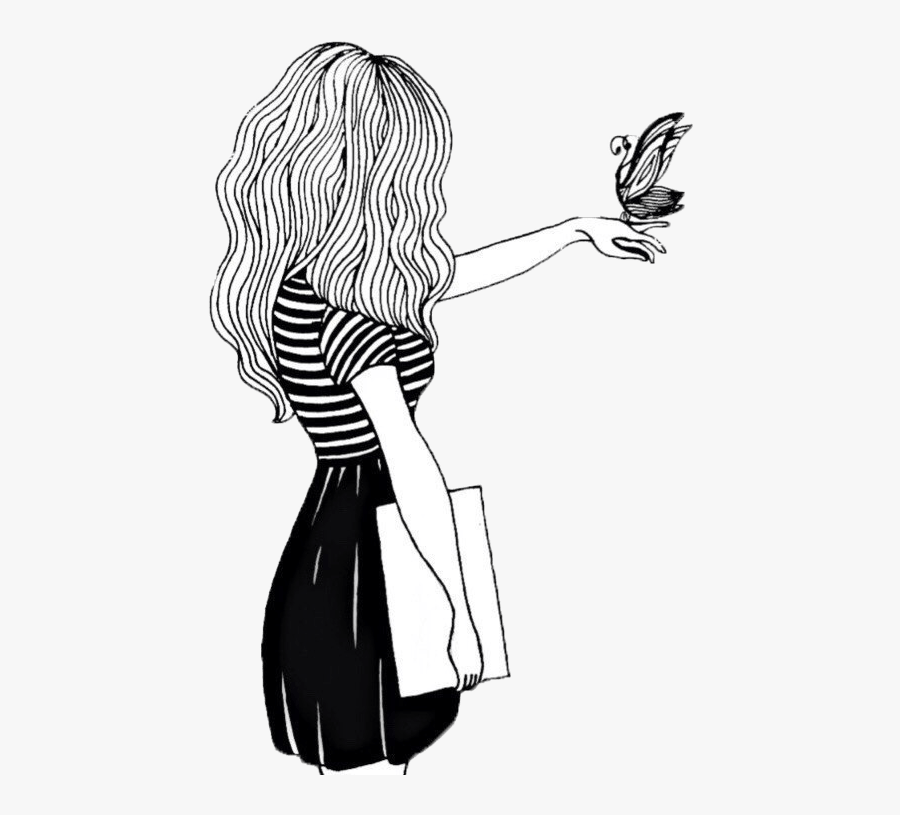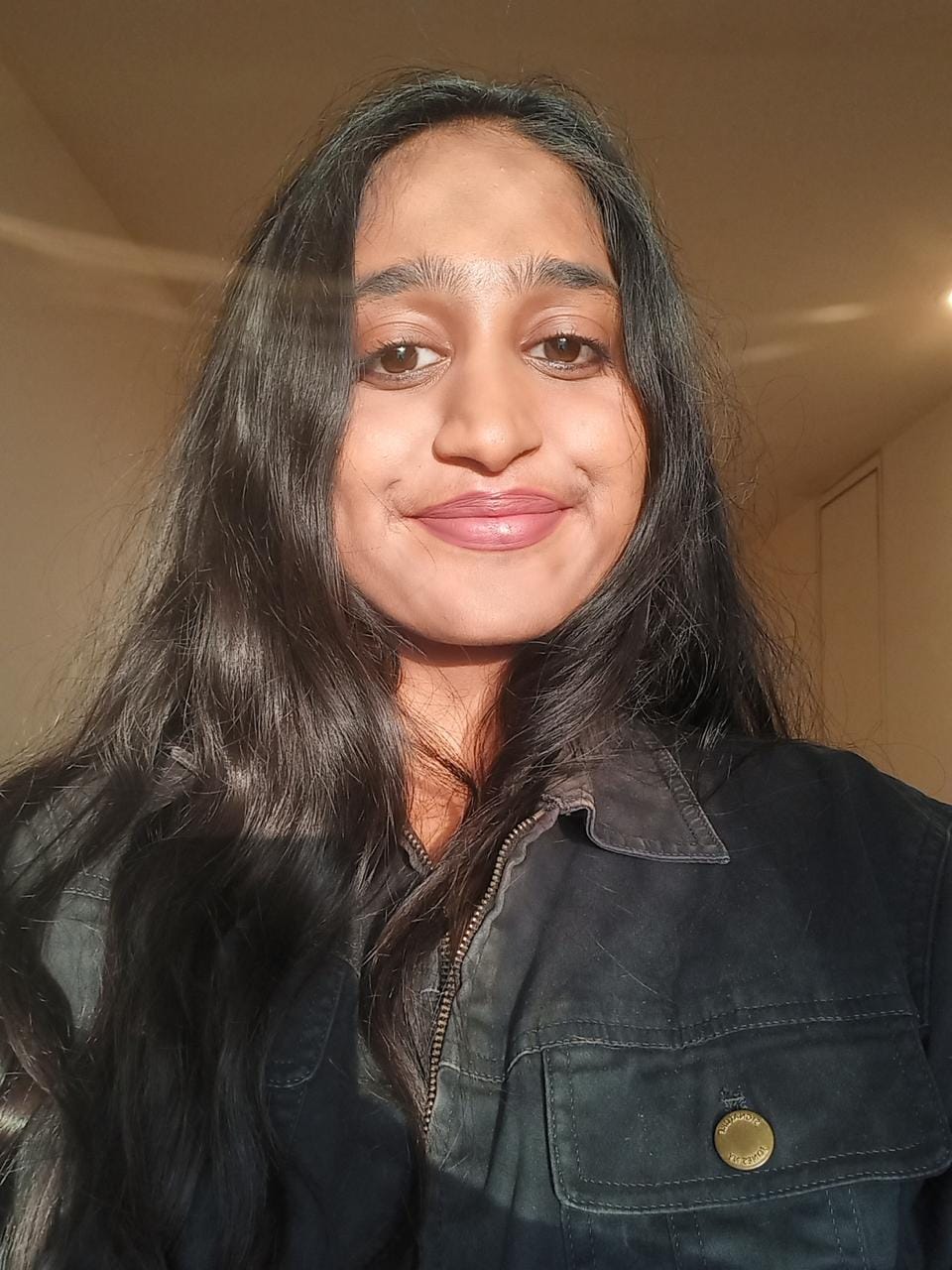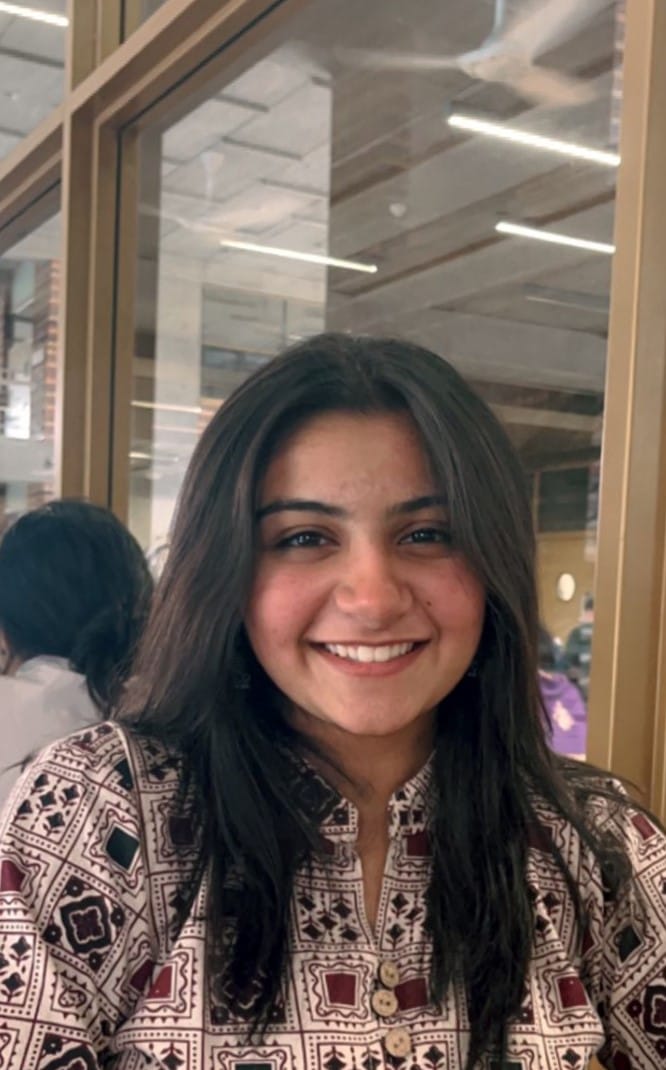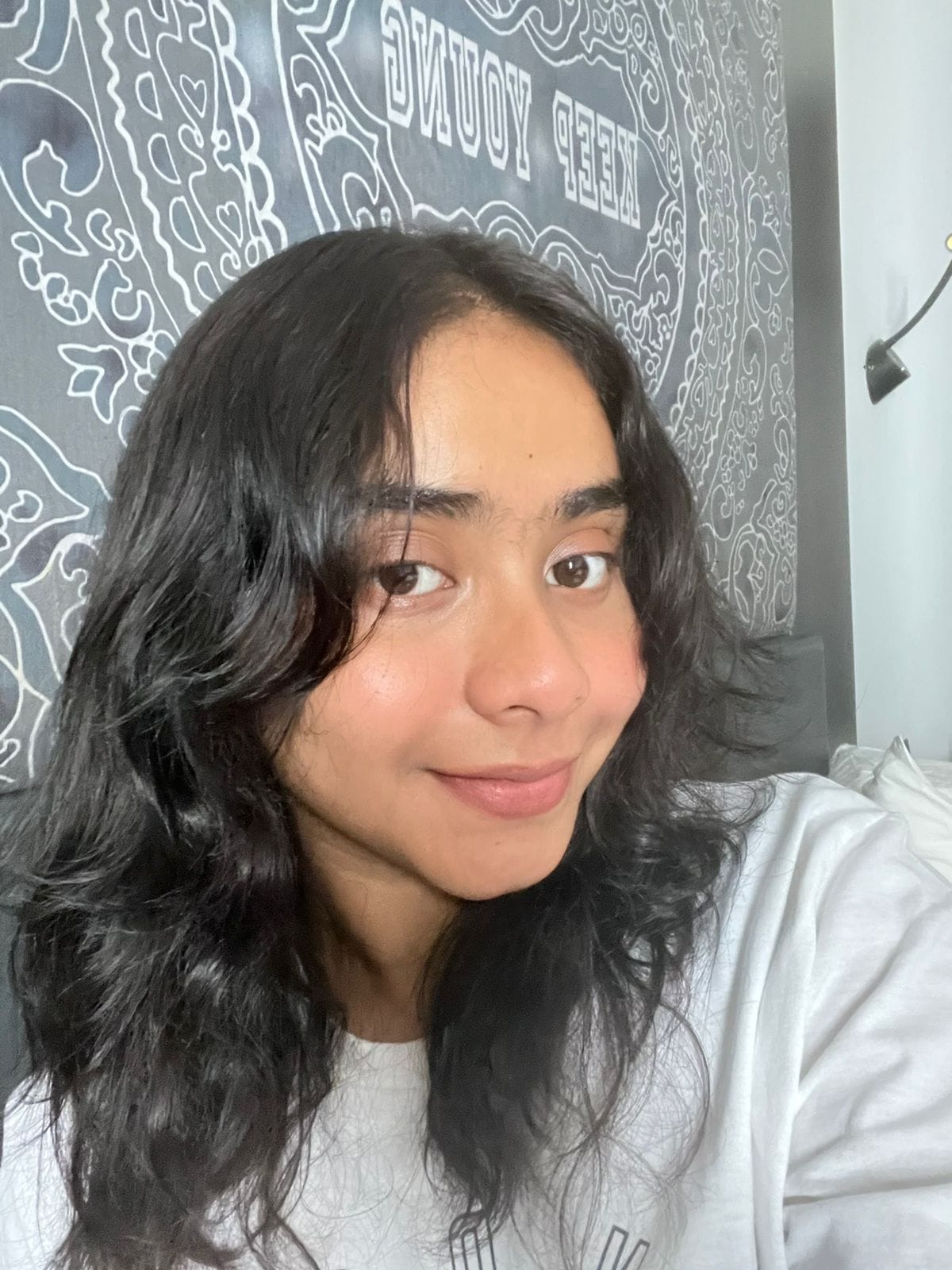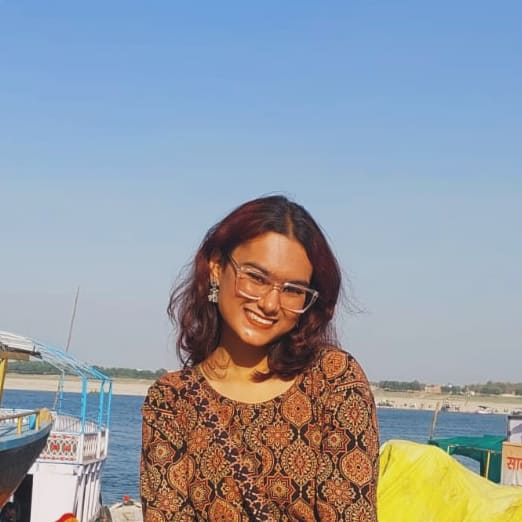Exploring Cultural Identity and Mental Health: Embracing Diversity in Healing

Harshita B.A
March 18 , 2024

Hello humans!
Picture a painting which has both foundation layers and minute details. Also, some which escape from over observation. The initial brushstrokes that lays basic foundation is our upbringing and geographical location. While we tend to pick up new brushes and explore different techniques, adding layers to our experiences and influences which develops our interests.
These layers could be influenced from media,education, community, and other activities one is involved in. Each stroke represents a piece of our story which might blend along or mark apart, reflecting the complexity and uniqueness of who we are. Colours that fill in the picture are our emotions which differ based on what one perceives “self” to be. A major part of self is cultural identity which encompasses aspects like language, gender identity, sexual orientation,ethnicity, beliefs, values, socioeconomic status, physical appearance, hobbies, food, festivals, fashion and so on.
Some of our paintings detail basic strokes, while some choose to highlight the new ones. The picture is embraced when we are clear about the strokes and its colours, that makes us feel secure and confident. If not, we tend to look for different strokes and might end up in identity crisis or formation.
It is not to say that everybody needs to have complete awareness of their cultural identity, humans are also identity void or even experience identity stagnation, yet are secure and confident. It is observed that majority sections of the privileged humans may not emphasise on cultural identity and even may be identity void. While most of the marginalised sections consider cultural identity to be a crucial aspect. All in all, cultural identity is a continuous process of formation, when accepted the picture becomes beautiful.
When we have a physical injury we approach a doctor who can treat it or who is specialised in that particular one. Similarly, when we approach to seek help for mental illness, it is crucial to consider culturally competent mental health care. It fosters trust, enhances communication and helps in effective outcome with personalised care by acknowledging and respecting diverse beliefs, values, unique needs and backgrounds. Builds emotional support, increases intellectual growth, social cohesion, resilience, and so on. It also helps to address stigma and mistrust and use culturally relevant assessment tools.
MENTAL HEALTH STIGMA ACROSS CULTURES

Photo by Nathan McDine Team on Unsplash
Mental illness is considered as a personal weakness and an aspect of shame upon the family. Seeking help might be viewed as admitting failure or bringing dishonour to the family.Developed countries also may view it as a sign of weakness or a lack of resilience, despite growing awareness and advocacy efforts.
Mental health problems may be attributed to bad luck, spiritual or supernatural and ancestral causes rather than being seen as medical conditions. Seeking help from mental health professionals may be stigmatised or ineffective/ unnecessary. Fear of being ostracised/alienated for rejecting traditional healing practices.
Individuals within LGBTQ+ communities may face additional stigma surrounding mental health due to discrimination, rejection, and societal pressures related to their sexual orientation or gender identity. This can lead to reluctance in seeking help for fear of further marginalisation or misunderstanding.
In rural areas, Stigma may also stem from concerns about confidentiality and fear of judgement within tight-knit communities. Some religious communities emphasise on prayer as a solution and reject support of mental health professionals.
Sigma among youth can manifest through peer pressure, social media influences, and a lack of understanding or support from parents, teachers, or authority figures. This can lead to feelings of isolation and reluctance to seek help.
In certain occupational environments, such as military or first responder professions. There may be a culture that values toughness and resilience, making it difficult for individuals to disclose or seek help for mental health concerns for fear of repercussions or stigma from colleagues.
Immigrant populations fear deportation or discrimination if seeking help from authorities or mental health professionals.
Stigma in older adults can stem from generational attitudes that view mental health issues as a sign of weakness or a normal part of ageing that should be endured silently. Lack of awareness about available resources and fear of being institutionalised or losing independence may contribute.
Most humans who seek help may show delayed treatment seeking behaviour, social isolation, reduced treatment adherence, perpetuation of misconceptions due to the aforementioned stigma.
SUGGESTIONS FOR POSITIVE CHANGE

Photo by Dan Meyers Team on Unsplash
Practice mindfulness and meditation under guidance.
Ensure that therapists are trained to understand and respect diverse cultural perspectives, and can provide flexible treatment plans.
Establish support groups/healing circles and therapy sessions within communities where individuals feel comfortable and understood within their cultural context. Can also be involved in storytelling groups.
Incorporate culturally relevant rituals/ceremonies or healing practices into therapy sessions, when appropriate with the help of a therapist.
Seek linguistic and culture interpretation services, collaboration with Cultural Leaders to fill the gaps in perception of mental health can contribute to change and address all the Stigma around mental health.
Therapies like culturally adapted CBT, emotion-focused therapy, narrative therapy, art/expressive art therapy, and so on which are culture sensitive could be of great help.
Follow channels that boost your confidence.
Embrace what you love and create boundaries from people who discriminate and lower your esteem. One should also mind not to stereotype or develop hatred towards opposing opinions in the process.
Always remember you don't have to commit to emotional labor and seek others’ acceptance. Embrace what you are and find your community for a better life span.
For further support reach out to Heart It Out.
Keep Reading
Started reading,
found my glow!
New blogs dropping soon – Sign up!
© EmbraceWell. All rights reserved


